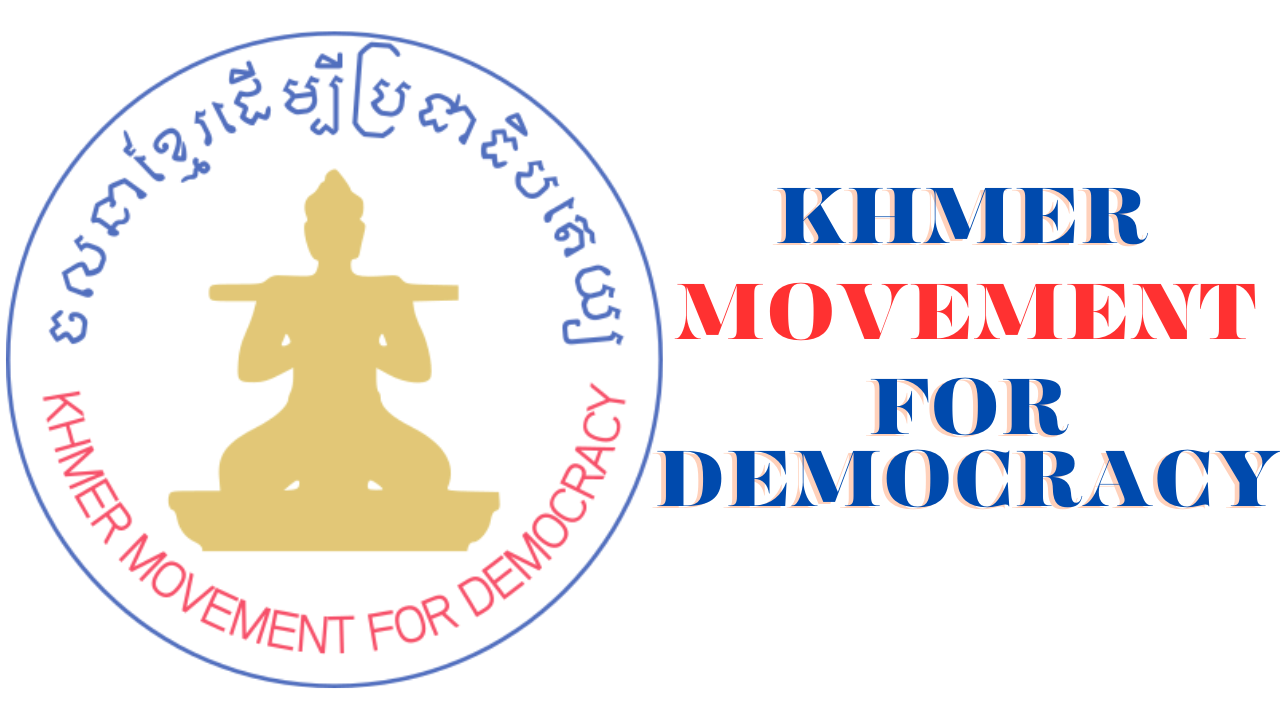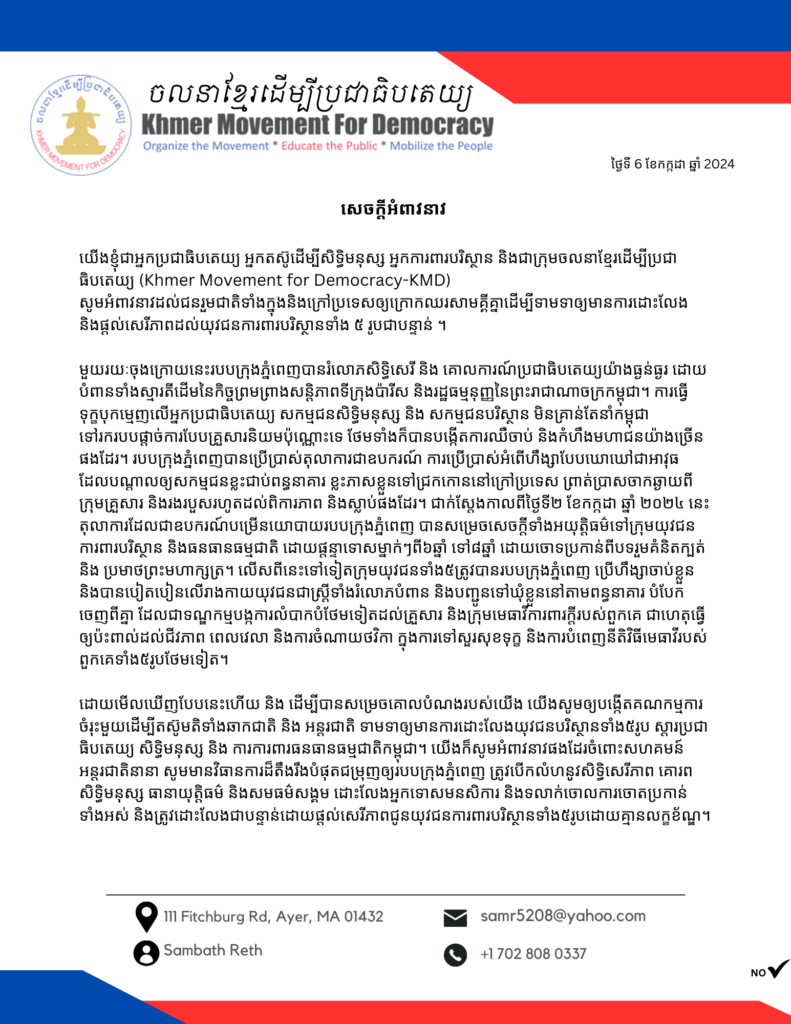The Preah Vihear land grab in northern Cambodia has led to a suicide and has left a group of children left destitute and begging for rice.
Police and forestry administration officials this month attacked people remaining on the land using live ammunition, smoke grenades and tear gas. Some villagers have since been hiding in the forest for fear of repercussions.
On 8 March, 29 people were charged with “clearing forestland and enclosing it to claim for ownership”. Of that total 25 people, including 12 women, were sent to pre-trial prison detention. They face jail terms of up to five years if found guilty.
A 59-year-old woman who was living on the affected land, Hem Ley, has died after attempting to commit suicide on 9 March. She was taken by her family to hospital where she died on 17 March.
ស្ត្រីនៅខេត្តព្រះវិហារម្នាក់សម្លាប់ខ្លួន បន្ទាប់ពីអាជ្ញាធរដុតផ្ទះ និងយកដីធ្លី — ខ្មែរ (rfa.org)
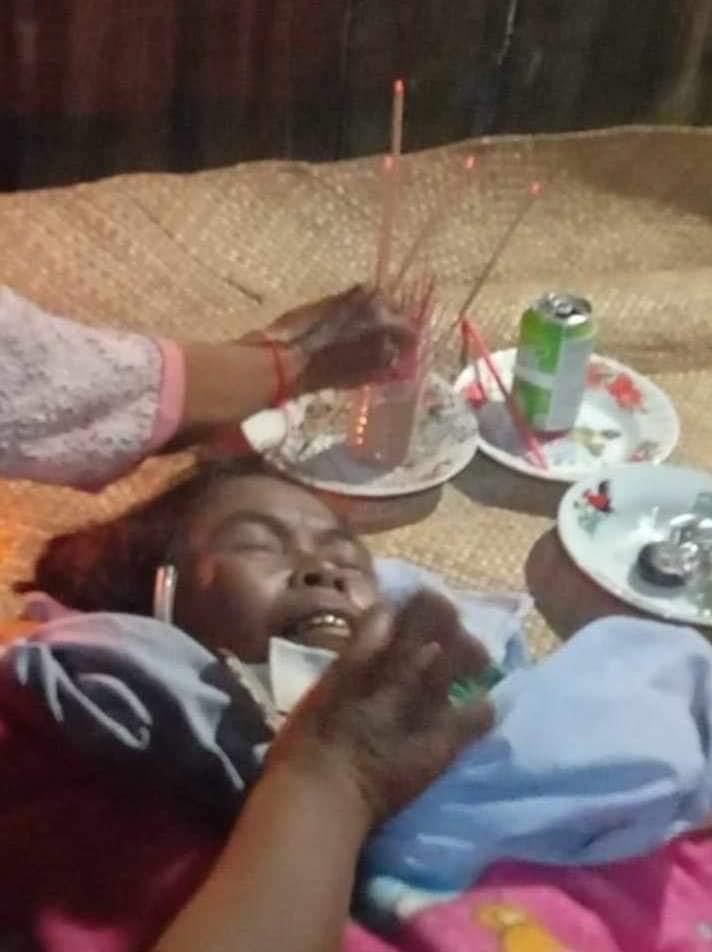

Radio Free Asia has reported that the children of the detained protesters are staying in a makeshift shelter and begging for rice from nearby villagers.
· Violence and mass arrests connected to the Preah Vihear land grab in northern Cambodia show that Hun Sen’s contempt for land rights is shared by his son and successor as prime minister, Hun Manet
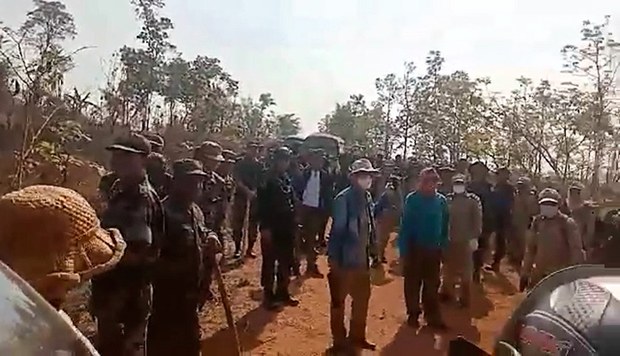
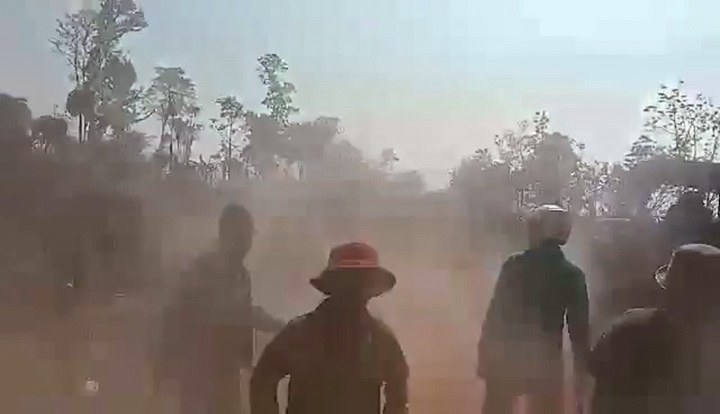
· Cambodia’s long history of land seizures under the Hun family regime is intact. Land rights and private property were abolished under the Khmer Rouge in the 1970s, and property rights titles were destroyed.
· Hard property rights were never established under the successor regime of Hun Sen. For most Cambodians, land and property rights have depended on the interests of the ruling elite and can be revoked at any time.
· The system of ELCs was set up by Hun Sen’s government in 2001. ELCs allow those holding the concessions to clear land for “industrial agricultural exploitation”. The government declared a moratorium on ELCs in 2012 given the dangers of social unrest being triggered.
· But the effects of the ELCs already granted continue. According to human rights group Licadho, ELCs still control about 14% of the territory in Cambodia. Scientific researchers have found that ELCs are responsible for about 40% of the deforestation seen in the country in recent decades.[1] On top of that, the needs of the displaced communities to find new land triggers further deforestation and pressure on soils.
· The ELCs are also effectively licenses for deforestation. The Mongabay publication found in 2023 that 104 ELCs either overlap with or lie within supposedly “protected areas”. ELC holders, Mongabay found, have simply felled the forests within those areas as it suits them.
· An exercise in redrawing the boundaries of Cambodia’s protected areas in July and August 2023 led to an artificial increase in the area under protection. That was used to deflect attention from the fact that ELCs were excluded from the new boundaries.
· “Make the bosses rich in Cambodia,” Hun Sen said in defense of the ELC system in 2012. “If a country has no millionaires, where can the poor get their money from?”
· Not, in any case, from Cambodia’s ruling elite which controls the ELCs. Concessions granted to Hun Sen’s ally Ly Yong Phat, for example, have not been developed and lie idle, despite thousands of families having been removed.
· The Preah Vihear land dispute dates back to 2011 when rubber plantation company Seila Damex was granted a 9,000-hectare ELC.
· In March 2022, in Preah Vihear province’s Kulen district, provincial authorities razed 60 houses and about 450 hectares of crops out of a total 650 hectares. People who had lived there for 10 years were left living in tents.
· Rather than any attempt to find new land for those affected, the response of the authorities is simply to weaponize the legal system against people who happen to be in the way.
· In December 2023, the Kulen district administration ordered 131 families to leave the disputed area by January 10, 2024.
· The dispute shows that the regime has no more interest in clear property rights under Hun Manet than it did under Hun Sen. The Khmer Movement for Democracy says that ELCs should be dissolved, with the land being returned where possible to the people who were living on them and full compensation provided for those who have been displaced.
· There is an urgent need for transparency about the ownership and operations of Seila Damex and the process by which it was able to secure the ELC.
· The company has not made use of the granted ELC which should be revoked. The villagers who have been detained must be released and all charges against them dropped. The land should be returned to the community.
